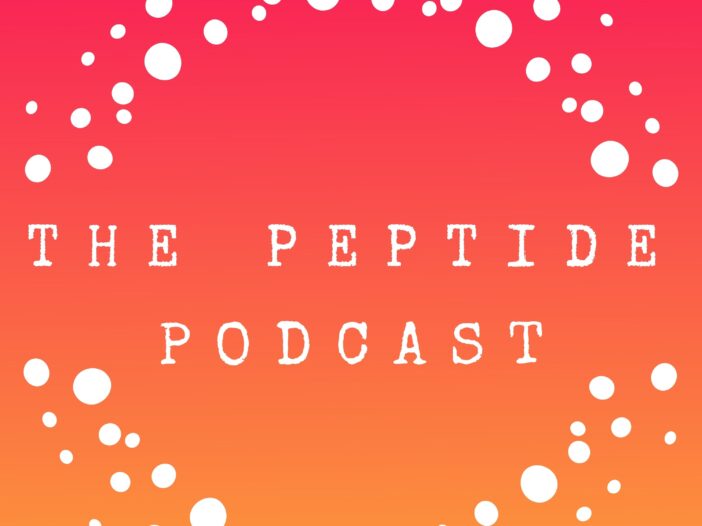
Corneal tears, though small, can cause significant discomfort and vision disturbances. So, what is a cornea? The cornea is the clear covering on the front of your eye. It plays an important role in focusing light onto the retina for clear vision. When it tears due to injury or contact lenses, it can be incredibly painful and lead to redness, light sensitivity, and vision impairment (e.g., blurry or hazy vision). It can also make it feel like something is stuck in your eye.
Traditional treatments for small corneal tears include lubricating eye drops, antibiotics to prevent infection, and, in severe cases, surgical interventions. However, recent research suggests a promising new avenue for accelerating corneal healing: the peptide known as BPC-157.
In this podcast, we’ll discuss what BPC-157 is and how it works to help heal corneal tears.
What is BPC-157?
BPC-157, short for Body Protection Compound-157, is a man-made peptide derived from a protein in human gastric juice. It has become popular for its potential healing effects on many tissues throughout the body, including the cornea.
BPC-157 boosts blood flow and stimulates growth factors. It accelerates tissue regeneration, ensuring faster recovery from injuries like ligament, tendon, and corneal tears. It also decreases inflammation, strengthens the intestinal and stomach lining, and nurtures a healthy balance of gut bacteria.
BPC-157 is also really good at fighting inflammation in your body. It stops the harmful proinflammatory proteins (cytokines and interleukins) that make you feel swollen and sore. It also has neuroprotective properties, rejuvenates neurons, boosts neurotransmitter function, and clears away mental haze.
What evidence do we have showing its efficacy?
Research specifically examining the effects of BPC-157 on corneal healing is still in its early stages but shows promising results. In animal studies, BPC-157 has been found to promote faster healing of corneal wounds, reduce inflammation, and improve overall corneal integrity.
While most corneal abrasions fully heal within one to two weeks, BPC-157 can reduce the healing time by several days. These findings suggest that BPC-157 could be a valuable addition to traditional human corneal injury treatments.
Clinical Applications
While more extensive clinical trials are needed to fully establish the efficacy and safety of BPC-157 for corneal tears in humans, preliminary results are encouraging.
You can inject BPC-157 into the fatty tissue of your upper arms, stomach, or top of your thigh. It’s also available for topical administration through eye drops or ointments. Topical BPC-157 could offer a non-invasive and potentially more effective alternative to traditional treatments.
While human studies on BPC-157 remain limited, keep in mind that BPC-157 has a short half-life of approximately 4 hours (the amount of time it takes for half of the peptide to be eliminated from the body). Because of this, the risk of long-term effects is minimal as the peptide is quickly absorbed and cleared from the body.
Many animal studies show that BPC-157 helps accelerate wound healing and soft tissue injuries. It has also improved gut, bone, and joint health.
Remember that BPC-157 is derived from human gastric juices, contributing to its tolerability. Generally, it’s considered safe to take. However, some individuals may experience side effects such as bruising, redness, or itching at the injection site.
Thanks again for listening to The Peptide Podcast. We love having you as part of our community. If you love this podcast, please share it with your friends and family on social media, and have a happy, healthy week!
We’re huge advocates of elevating your health game with nutrition, supplements, and vitamins. Whether it’s a daily boost or targeted support, we trust and use Momentous products to supercharge our wellness journey.
Momentous only uses the highest-quality ingredients, and every single product is rigorously tested by independent third parties to ensure their products deliver on their promise to bring you the best supplements on the market.
Leave a Reply